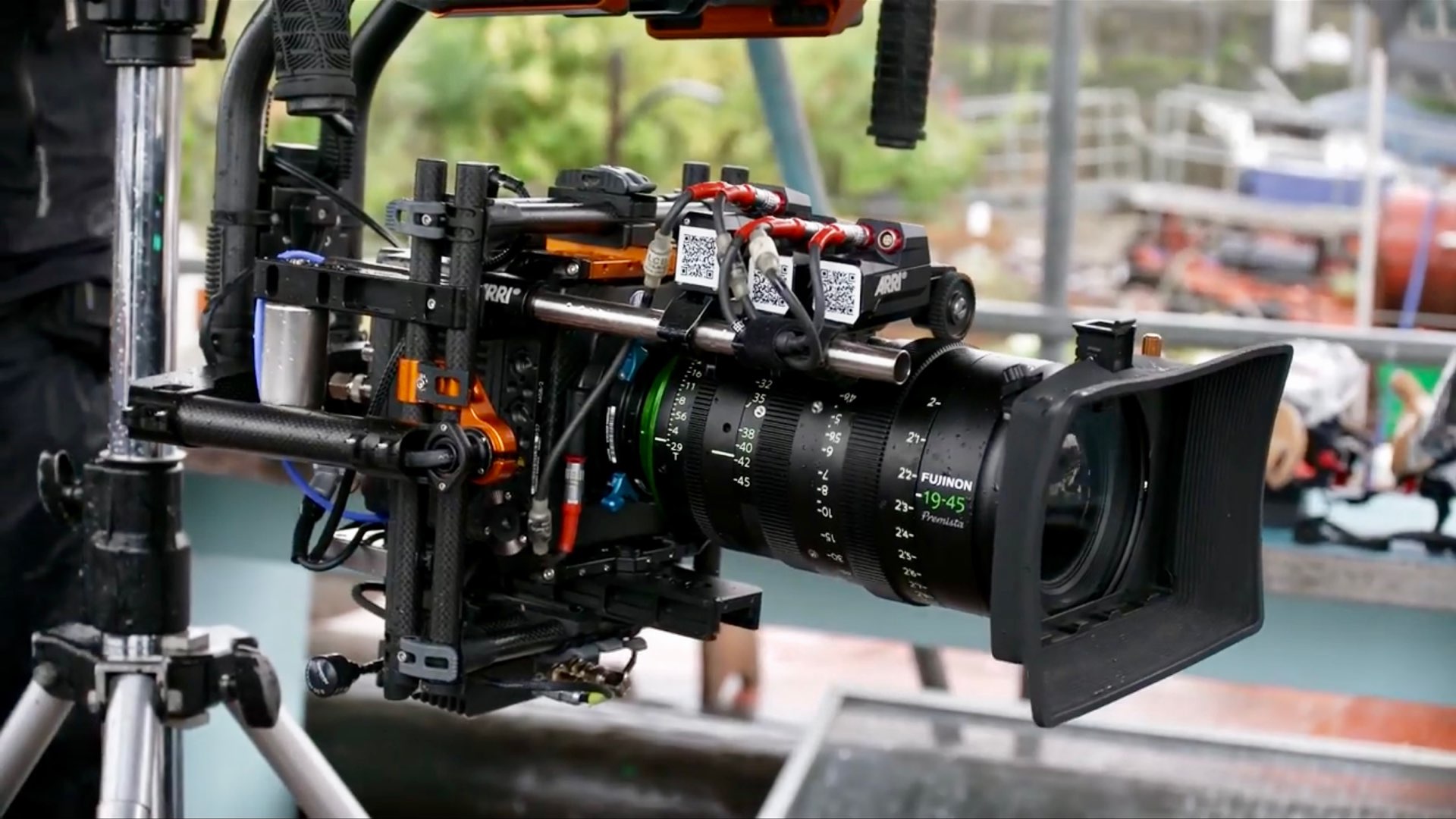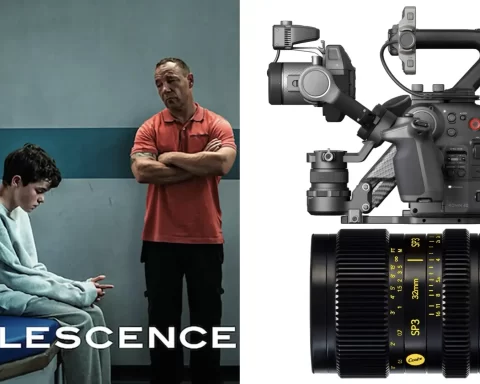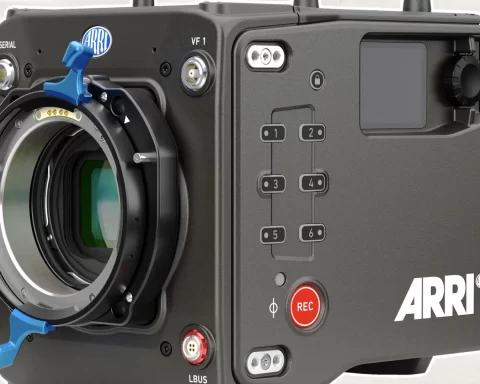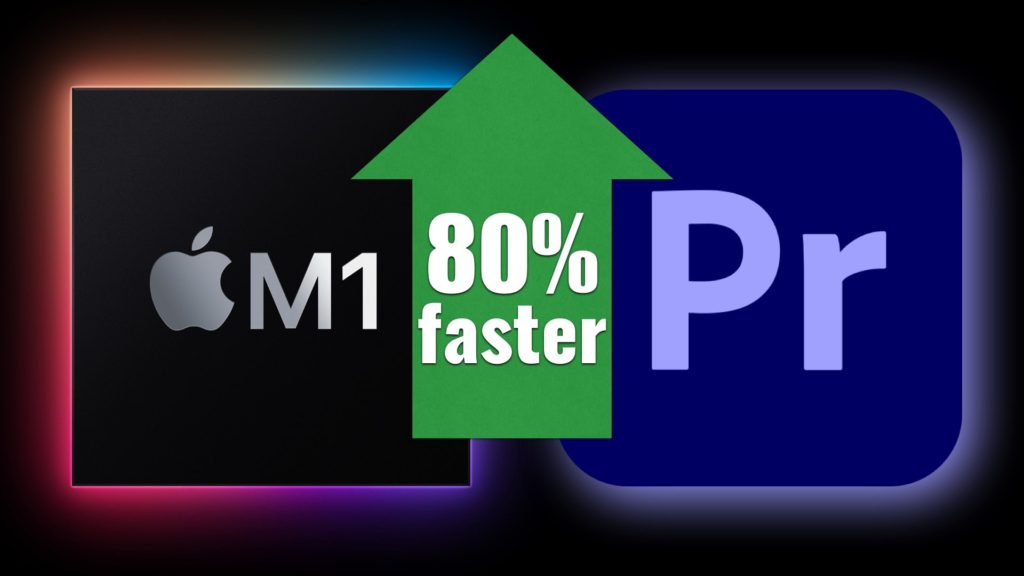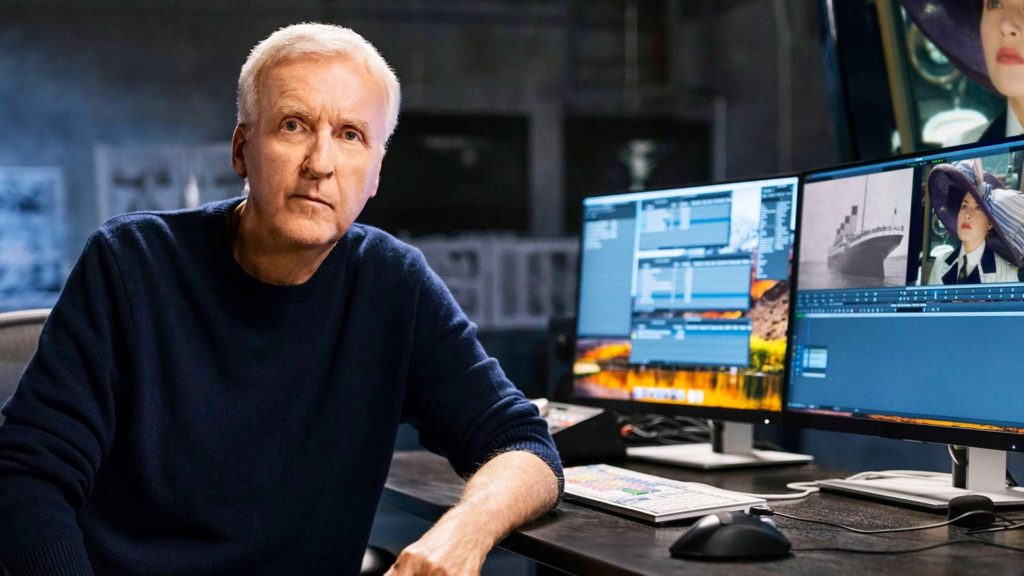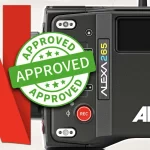Adrift is a 6-minutes one-take short film shot with the FUJINON Premista 19-45mm T2.9. The lens was paired with the ARRI ALEXA Mini LF, on a stabilized gimbal. The execution was pretty solid and can be used as a case study for filmmakers who’d like to learn about the right approach to achieve their one/long-take shot.
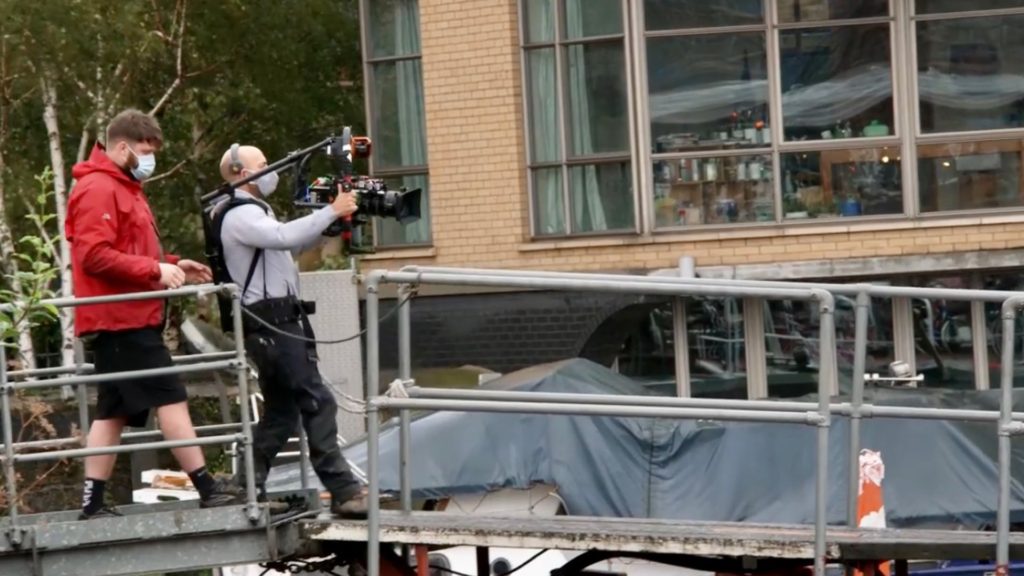
One/long-take implementation
We wrote a decent amount of articles about the art of the long take. Long takes are defined as uncut long shots. The exact time for a shot to be interpreted as a long take is undefined. However, let’s say that about half-minute of uninterrupted continuous shot, can be defined as a long take. Furthermore, there’re movies, mainly shorts, that were filmed as a long take per definition, like Adrift. By the way, one of the most famous and acclaimed films that shot a long take is 1917, crafted by cinematographer Roger Deakins. Nevertheless, 1917 is not a real long-take film but directed to stitch the takes, that the viewer will get the impression and feeling, that the story is created in real-time.
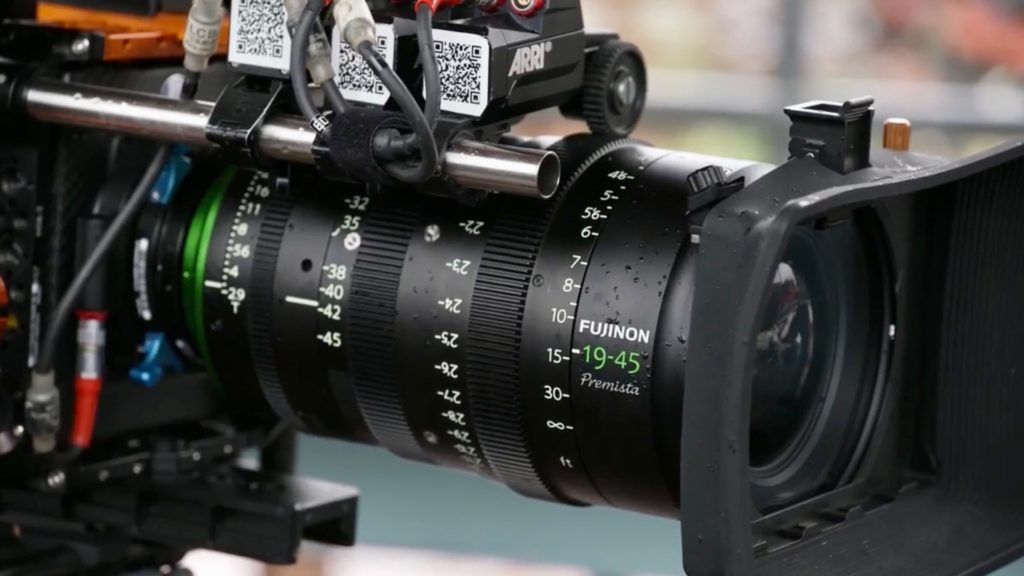
Challenges of long takes
A long take must be planned precisely and accurately, as they’re no room for mistakes. The smallest slip can result in shooting the entire sequence again. Thus, long takes need to be executed with simple-to-use equipment, and a skilled team. The short film Adrift is a good example of that. This 6-minutes film was shot on a zoom lens (FUJINON Premista 19-45mm), cinema camera (ARRI ALEXA Mini LF) on a stabilized gimbal. As explained, Adrift is not just a long-take, but a one-take film, because it was shot on one single take. Thus, the camera movements, lens setup (zoom, focus, aperture), camera operation, and the team, were needed to be orchestrated precisely with zero mistakes.
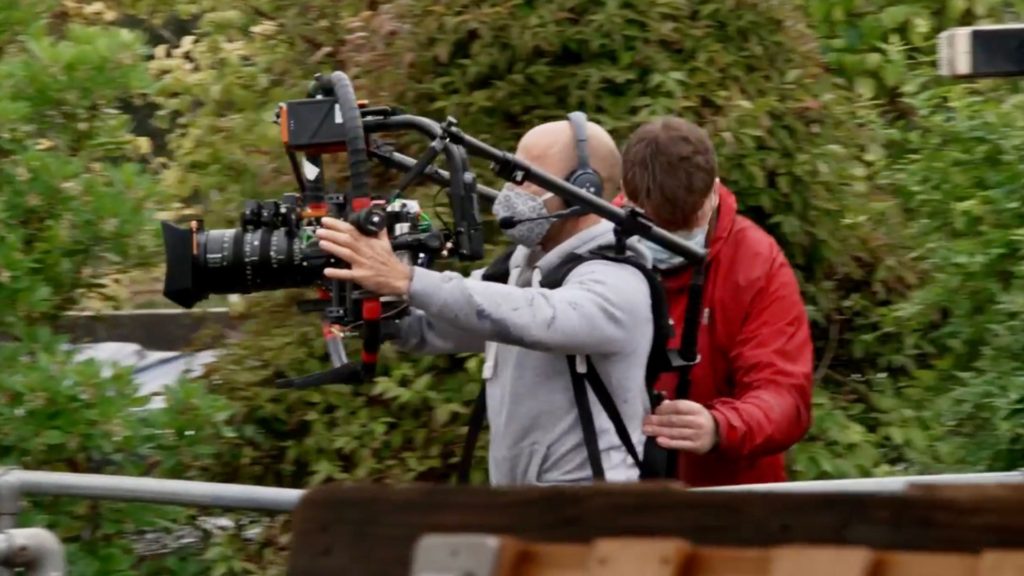
Choosing the right cameras and lenses
For long takes, you should choose a piece of reliable equipment that will allow you accurate implementation. Also, the focal length has a significant factor. For instance, if you choose a wide lens, then the difficulties can be related to preventing from showing any unwanted elements in the shot, like microphones, team members, filmmaking devices, and so on. On the other hand, if you use more telephoto lenses, then the challenges are different. For instance, keeping everything in focus, especially If the take demands camera movements. In Adrift, a 19-45mm cinema zoom was chosen, which is a very smart choice for a long take. This focal length allows flexibility, from wide shots (good for tight places – as this short film demonstrates), and also a shallower depth of fiend is optional, especially when shooting on a large format camera like the ARRI LF (Mini in that case). Watch the behind the scenes of Adrift:
Summary
Shooting a long take, or in that case, a one-take short film can be a highly challengeable filmmaking task, especially if the zoom lens is selected. The main challenge as I can see it in Adrift is the weight of the gear (gimbal + Premista Zoom + ALEXA Mini LF) from the camera operator’s perspective. However, the movie itself is not so complicated in terms of camera kinetics, which does not require any sophisticated action sequences. Nevertheless, the execution is pretty solid and cool. This is a well-deserved case study for filmmakers that are eager to tell their story with the help of the one/long take strategy.
Watch the final film below:
Have you tried the one/long-take strategy yet? Did you overcome the challenges of it?
Product List
Here’re the products mentioned in the article, and the links to purchase them from authorized dealers.
- Fujinon Premista 19-45mm T2.9 Large-Format Cine Lens (PL)
- ARRI ALEXA Mini LF Ready to Shoot V-Mount Set (LPL)

